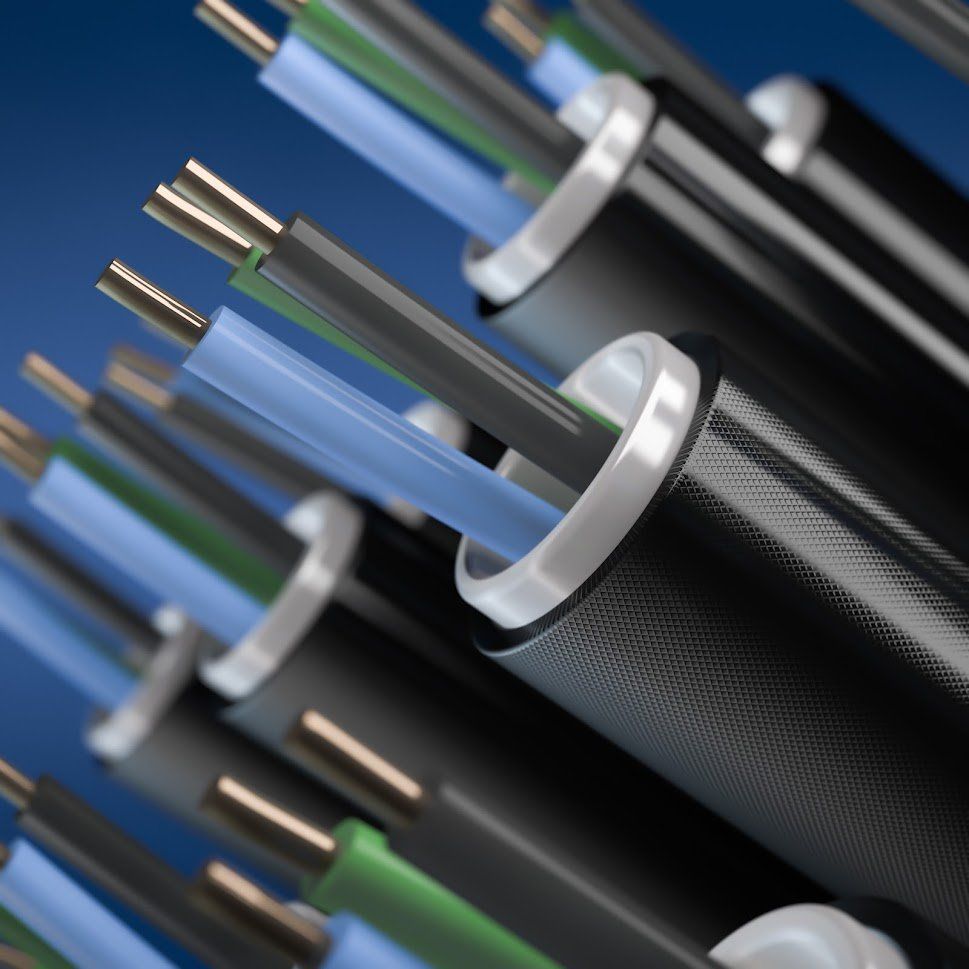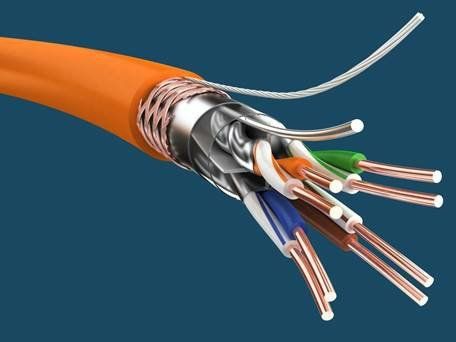- Large range of quality products
- Over 20 years of experience
- Reliable and friendly staff
Set Up the Best Cabling Infrastructure for Your Data Centre
The data centre is the heart and blood of your business. When it is not functional, services such as data storage, backups, recovery and network management become paralysed. At the heart of the system are the cabling solutions that facilitate data transmission. Without them, you cannot transfer data within your organisation’s network.
It is paramount to set up reliable cabling infrastructure that will enhance the performance and reliability of your data centre. With this in mind, here are the best practices for planning and implementing cabling infrastructure for your data centre.
Choose the right cabling materials
The first step to setting up data centre cabling is to choose the best materials. The most common options on the market are copper and fibre optic cables. Both have varying features and capabilities; therefore, it is paramount to understand how each material performs.
Copper cables
Copper cabling is more affordable than fibre optic. For this reason, it is widely used for both data cabling and electrical wiring in commercial settings. There are various categories ranging from category 3 (cat3) to category 8 (cat8). Category 3 copper cables have low bandwidth capabilities. Cat7 and cat8 cables offer higher bandwidth but are a little pricey. Therefore, if you want to save money without compromising on bandwidth, cat6 is a suitable choice.
Fibre optic cables
Fibre optic cabling offers high bandwidth and is designed for long-distance data networking. Thus, it is suitable for applications that require data transmission over longer distances. Fibre optic cables are also resistant to fire, signal interference and electromagnetic waves. On the downside, they are costlier than copper.
Both fibre optic cabling and copper are ideal for data centre cabling. You can use both options to achieve maximum efficiency while saving on costs.
Invest in scalable cabling infrastructure
Your business’ data cabling needs change as the firm grows. Therefore, set up future-proof infrastructure that can grow with your business. Your cabling solutions and data centre set-up should be scalable to reduce downtime, enhance efficiency and minimise costly upgrades. Below are some tips on how to create future-proof infrastructure.
- Scale your cabling. Buy conduits sized to your current and future needs. Whether you plan to use copper or fibre optics, choose cables that allow for higher bandwidth than what you currently need.
- Invest in cooling solutions. Installing the right cooling solutions prevents cable overheating and downtimes in your data centre. Your current cooling system should be flexible enough to handle increased cooling needs in the future.
- Set up a monitoring system. Data centre monitoring and management allows you to spot malfunctions that might cause downtime. It also allows for the proper maintenance of your data cables and other equipment.
As you invest in future-proof data cabling, be sure to adhere to Australia’s data cabling standards.
Avoid spaghetti cabling
Spaghetti cabling refers to the tangling of cables due to poor planning and installation. Once cables tangle, you have a problem on your hands. Spaghetti cables are not only unsightly but also make it hard to locate faults. Proper planning and management of your data centre can help prevent this situation. Here are some tips on how to avoid tangled cables.
- Adopt the vertical and horizontal system. This system involves running cables horizontally and vertically along the walls to prevent a mess on the floor.
- Use structured cabling. Structured cabling uses patch panels to organise cables for easy monitoring.
- Colour-code cables. Colour-coding helps identify cables for different functions. It simplifies network troubleshooting and cable maintenance.
- Separate data and power cables. Separate your data cables and power cables to prevent messy tangles. The separation also prevents signal interruptions when using copper cabling solutions.
Your cabling installer should provide an installation manual. This document should provide details of all cables and their colour-code meanings, connections and network switches. A manual ensures speedy upgrades, maintenance and troubleshooting.
Your data cabling set up plays a critical role in determining the performance, efficiency and scalability of your data centre. For all your cabling supplies and installation needs, contact us at Cable Source Pty Ltd.
Head Office
A: Unit 5/5 Hudson Ave Castle Hill NSW 2154
P:
02 9680 8419
F: 02 9680 8409
HOURS
- Monday
- -
- Tuesday
- -
- Wednesday
- -
- Thursday
- -
- Friday
- -
- Saturday
- Closed
- Sunday
- Closed



